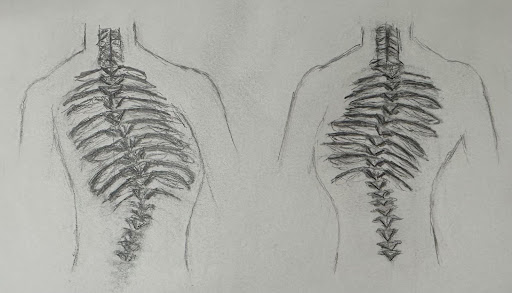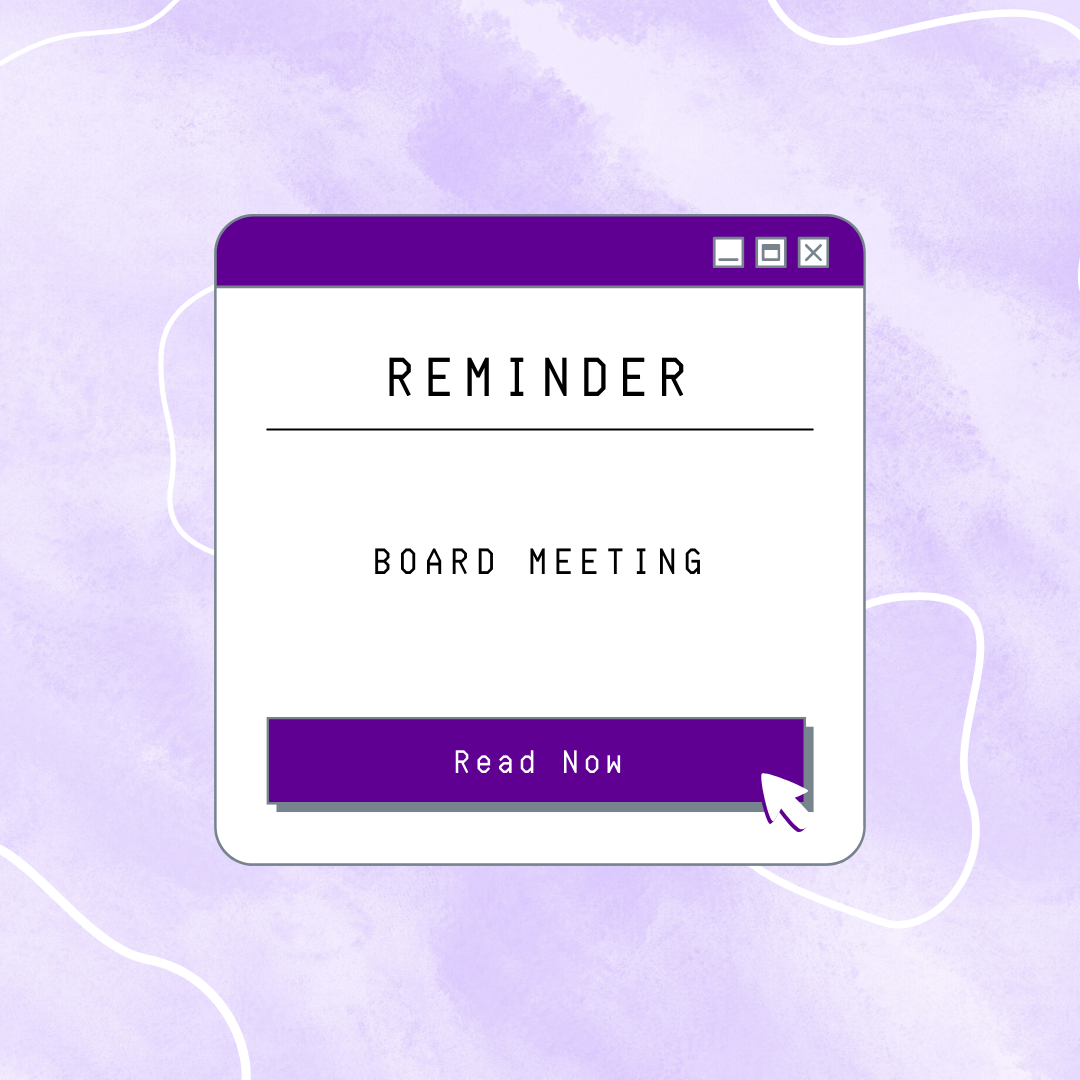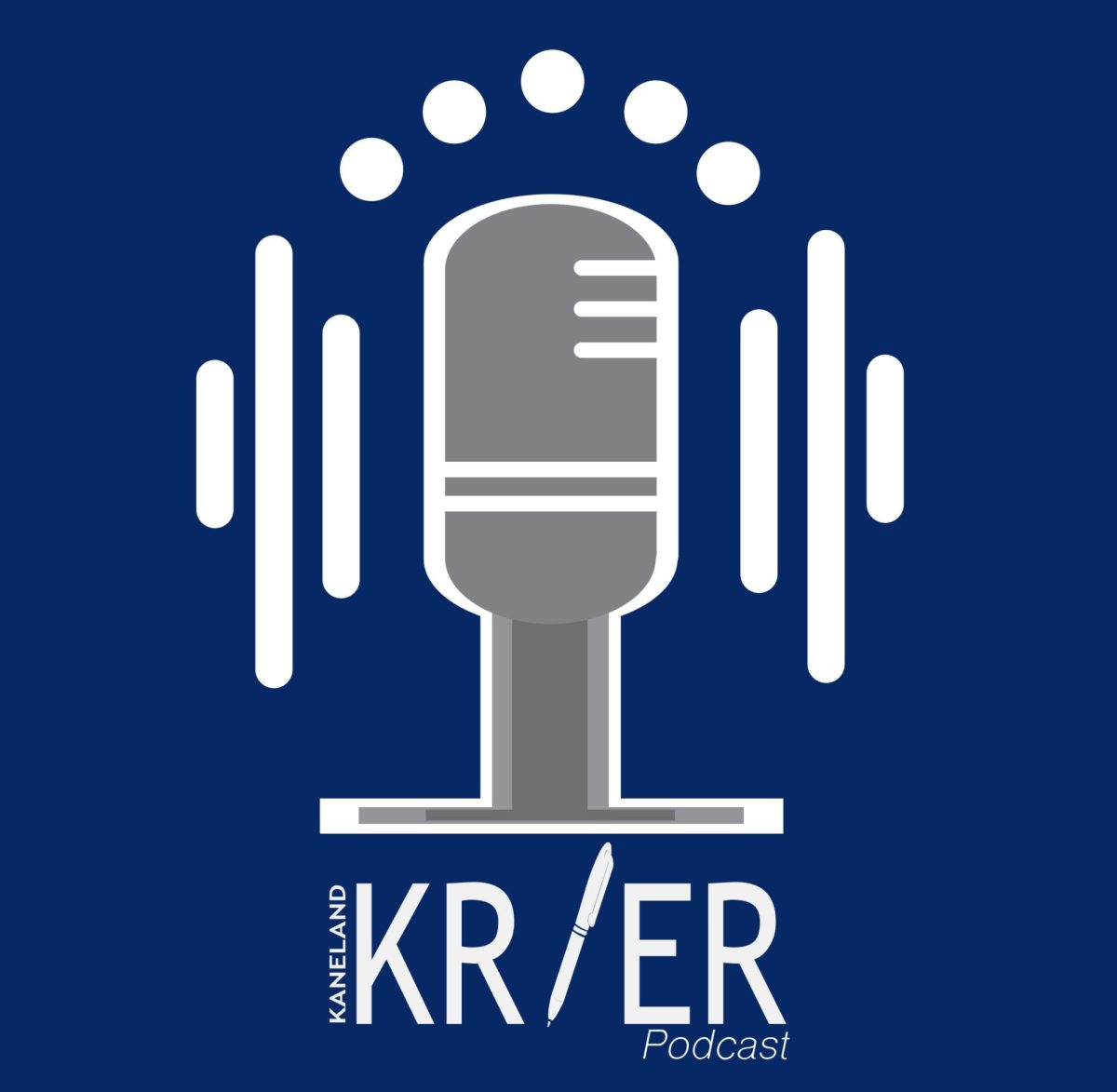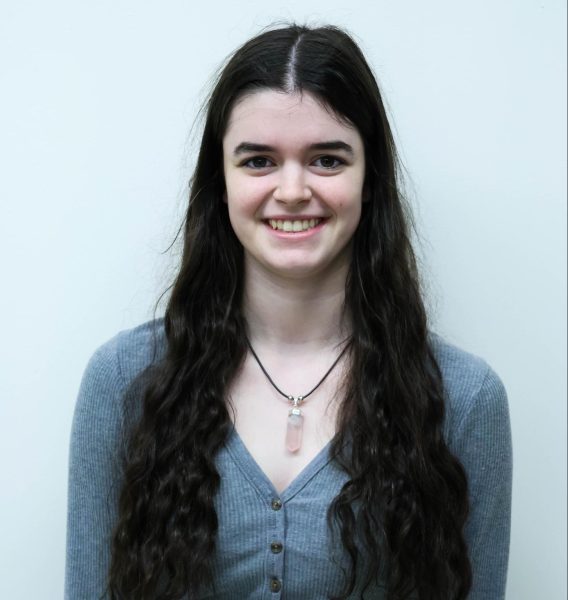
Scoliosis is a spinal condition that causes a person’s spine to grow curved sideways, and at times rotated. The curve or curves can appear on any part of the spine.
Scoliosis curves can be labeled as a C-curve or a S-curve. These curves refer to the shape of your spine. A C-curve is when you have one curve in your spine. A C-curve can turn into a S-curve if your spine tries to correct itself by curving you back into a straight position. A S-curve can also be your spine growing in two different curves. According to Skoliosis.my, S-curves, the more severe of the two, are becoming more common than C-curves.
Another way scoliosis spines are clarified is by the part or parts of the spine the curves are in. The different parts of the spine are cervical, thoracic, lumbar, sacrum and coccyx. Not all parts of the spine are affected by scoliosis. Skoliosis.my states that the types of S-curves are cerico-thoracic, thoracic, lumbar and thoraco-lumbar. The most common types of C-curves are dextroscoliosis and levoscoliosis.
Scoliosis can be diagnosed at any age, but it is most commonly diagnosed between the ages of 10 to 15, according to the American Association of Neurological Surgeons. The most common scoliosis test is for a person is for them to bend at the waist with their back arched. A doctor or nurse will then put a special type of level on their back.
When a person has scoliosis is in this position one shoulder blade is raised. The degrees at which it is raised signify how bad their scoliosis is. After testing positive on this test, they are then sent to a scoliosis doctor.
At that appointment a person will be sent to get a full back x-ray. Their doctor will measure their spinal curve or curves. Cincinnati Children’s Hospital classifies scoliosis curves as less than 20 degrees is mild, between 25-40 degrees as moderate and severe as more than 50 degrees.
Depending on the severity of a person’s curve or curves different treatment will be recommended.
For severe circumstances, spinal fusion surgery is required. Spinal fusion surgery is exactly what the name makes it sound like. Metal plates, screws and rods are used to fuse together parts of the spine to make them straight.
This is saved for only the most drastic cases as the impact on a person’s life is significant. When a major section of the spine is fused together the mobility of the spine is limited. In an article by Medical News Today, they list spinal fusion surgery as the second most painful surgery there is.
For more moderate cases bracing is often advised. Scoliosis back braces cover the whole section of the spine that is curved. Most of the time the brace extends from under the armpits to the middle of the hips.
The amount the brace is worn is based on what age a person was diagnosed and the degrees of their spine curve or curves. Gabriella Monteleone’s mother found out she has scoliosis as an adult and now wears a brace a couple times a week.
When a child is diagnosed before they have finished growing into their full skeletal maturity, they will need to wear their brace until that general time. The National Institute of Arthritis and Musculoskeletal and Skin Diseases, ScoliSMART, and Mayo Clinic all state that scoliosis, especially idiopathic scoliosis, is more common in girls than guys.
Skeletal maturity in girls is most easily marked by two things. The first is a small piece of bone that moves up to connect with the top of one’s ilium, a part of the pelvis. The second way used for girls is to measure the time after her first period. Doctors debate rather whether it should be two years or two and a half years after.
For mild spinal curves, there are a variety of different things advised due to the degree of a person’s curve or curves. “I go to the chiropractor once every two weeks, and I stretch every day,” freshman Ollie Fair said.
In addition to visiting a chiropractor for spinal adjustments, there are a variety of exercises and stretches that help people with scoliosis support their spines and deal with back pain. Some simple, common exercises include pelvic tilts, bird/dog, planks, and single leg balance exercises.
A method many people with scoliosis are prescribed is called the Schroth method. Katharina Schroth invertented it in the late 1800s to deal with her scoliosis. Although it is different for each person based on the degrees of their curves, Schroth focuses on three principles. The principles are Muscular Symmetry, Rotational Angular Breathing and Awareness of Posture.
There is no cure for scoliosis, and if you have you will have it for the rest of your life. However, there are many options of treatment for people with severe enough curves. Not all people who have scoliosis need any sort of treatment at all.
“My youngest sister has scoliosis, and she was scared at first but after learning a bit about it and how to treat it the anxiety with it kind of went away,” Monteleone said. “Hers wasn’t bad enough to get treated, it’s just a thing for the doctors to know.”
Because scoliosis curves one’s spine, parts of their spine will be in different places in their back. If they ever have any sort of back surgery unrelated to scoliosis, their doctors will need to know ahead of time in order to make sure the doctors, nurses, or surgeons do not accidentally miss or mess up their spine.
Another more common thing that scoliosis medically impacts for women is when they get an epidural during childbirth. Monteleone this happened to her mother. “She didn’t know she had scoliosis until she had the sister she had after me, because she had the epidural and it missed her spine,” Monteleone said.
Some people with all degrees of spinal curves struggle with it on the day-to-day. Many people get some degree of back pain or decreased mobility. For safety reasons, participation in different sports activities are limited.
“I have incredible back pain. It doesn’t really get better until I go to the chiropractor,” Fair said. “I can’t do sports or run for a prolonged period of time because my back starts to hurt.”
In addition to limitations for those with back pain, some sports that are less advised for those with scoliosis are Cheer, Gymnastics, Ballet, Long Distance Running, Figure Skating, Tennis and Javelin Throwing. Like with all things there are exceptions and people who work extra hard do it safely. However these are some of the ones to avoid competitively as a general rule.
“If she had known she had scoliosis she would not have been able to do cheer,” Monteleone said about her mom. “She did cheer in high school. The doctor told her it was really possible she could have gotten paralyzed because of the times she was dropped. With scoliosis, I don’t know why, but with scoliosis you become paralyzed is a lot more likely.”
Sports like Cheer and Gymnastics are more dangerous for those with scoliosis because of the risk of falling. Taking a bad fall is never good, but is especially bad when your spine is in a different place then most people’s.
Another issue is sports that unevenly work the spine. In both Tennis and Javelin Throwing you mostly use your dominant hand. Scoliosis spines are extra sensitive to unbalancement which can cause curves to get worse.
However, just because you have scoliosis does not mean you shouldn’t do sports. There are many benefits including strengthening the core muscles to support the spine, keeping your body nimble and preventing stiffness.
Stretching and yoga are very good for those with scoliosis. All low impact sports like Cross-Country Skiing, Swimming and Biking are great.
Although Long Distance running is not good for scoliosis spines, sprinting is ok. Multi time Olympic gold medalist, in both the 200m and 100m, Usain Bolt has scoliosis and did quite well in sports.
Throughout all the struggles, ups and downs, it is important to keep a positive view on your scoliosis and work hard for what you want, even if that means you have to work harder.
“I felt I was special, like I had a superpower. Everyone had this straight spine and I was just over here having this wonky one and I could still walk,” Fair said.







